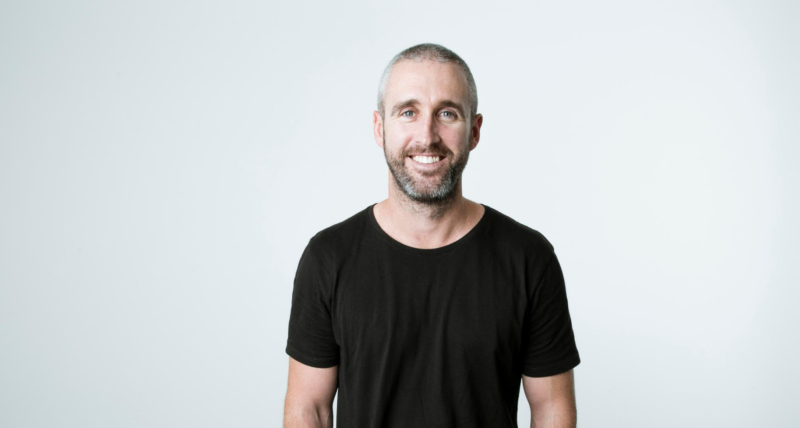Campaign Review: The verdict on Coke No Sugar, McCafe, Oporto and Subaru
In this series, Mumbrella invites the industry’s most senior creatives and strategists to offer their views on the latest big marketing campaigns. This week: Hamish Grieve, creative director at Apparent and Seamus Higgins, executive creative director at Havas.
Brand: Coca-Cola South Pacific
Agency: Ogilvy Sydney
The verdict: A more productive starting point would have been ‘Saying No’
Coca-Cola South Pacific launched its new Coca-Cola No Sugar drink with an integrated campaign ‘Say Yes‘. The campaign featured a 30-second television commercial in which people watched fireworks, danced in a club, jumped in a pool and were encouraged to ‘Say yes to the taste you love’.
Seamus Higgins, executive creative director, Havas, says:


